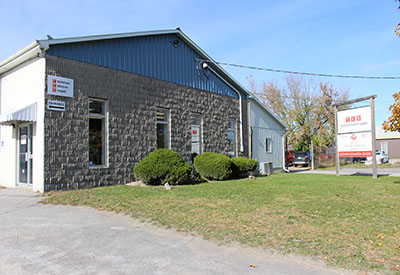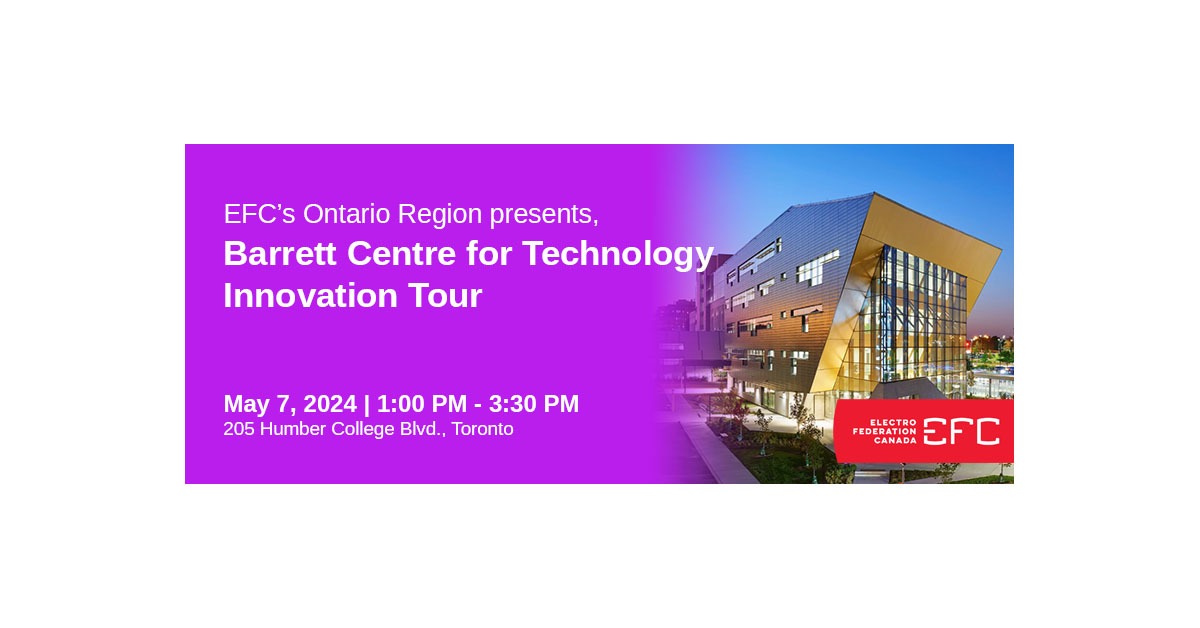Key Trends Driving Change in the Electric Power Industry

July 19, 2016
Make no mistake. The electric power industry is in the midst of a profound transformation — the generation mix is changing, the power grid is becoming more digital and more distributed, and customers have new and more defined expectations.
Technology, policy, and customers are all playing a key role in driving this transformation, but technology is the principal driver. While the exact course of the change is unclear, it’s likely that a decade from now the electric power industry will look much different than it does today.
So says Lisa Wood, Vice President, The Edison Foundation and Executive Director, Institute for Electric Innovation, in her introduction to a new collection of essays entitled Key Trends Driving Change in the Electric Power Industry Volume II.*
The essays examine drivers of change in the industry — the need to
- collaborate and innovate with customers, nimbly and creatively
- lead in the application of smart storage
- look beyond traditional electricity service boundaries toward smarter cities
What follows are excerpts from Wood’s introduction and a foreword by Pedro J. Pizarro, President, Edison International.
It is no secret that our society is more dependent than ever on electricity, and customers want safe, reliable, affordable, and clean energy, writes Wood. Tomorrow’s customers will want even cleaner energy; greater grid reliability and resilience; increasingly individualized services; and the ability to connect more distributed energy resources and devices. And, they will get it!
At minimum this means
- the mix of resources used to generate electricity will be cleaner, and a combination of entities will provide these resources
- the power grid will increasingly integrate and orchestrate a more complex mix of central and distributed energy resources
- the power grid will become more digital, more controllable, and more interconnected— a Grid of Things
- diverse suppliers, including utilities, will provide a range of individualized services to customers
But, what else? As Steve Case describes in The Third Wave, we are at the beginning of the third wave of the Internet, which he aptly calls the “Internet of Everything,” where the Internet will become integrated into every But, what else? As Steve Case describes in The Third Wave, we are at the beginning of the third wave of the Internet, which he aptly calls the “Internet of Everything,” where the Internet will become integrated into every aspect of our lives. In this third wave, Case projects, major sectors of the economy — including health care, education, food, and energy — will be disrupted.
Key Trends Driving Change in the Electric Power Industry Volume II examines some of the drivers of change in the industry — the need to collaborate and innovate with customers, nimbly and creatively; to lead in the application of smart storage; and to look beyond traditional electricity service boundaries toward smarter cities. We also glimpse our energy future from different perspectives.
What these trends show, specifically, is how the digital grid is a critical building block to more innovation with customers, with communities, and with technology.
The authors of the essays provide their unique views in three key areas:
- innovating with customers
- smart storage, smart cities, smarter grid
- a transition to our energy future—the beginning of the third wave
Significant changes have already occurred in the electric power industry—and more change is on the way. In the energy sector, the third wave is here.
According to Pedro J. Pizarro, President, Edison International, everyone in the energy arena — utilities, regulators, technology providers, distributed energy resource (DER) advocates, customer representatives, and a range of committed stakeholders — need to work together as never before to build a system that benefits all customers. It’s imperative that together we get this right in terms of technology, regulatory policies, market models, fair and equitable cost allocation, and more.
Pizarro cites California as an example. The state hosts more than 50% of the country’s distributed solar generation capacity, and more than 40& of U.S. plug-in electric vehicle sales. These numbers attest to how rapid technology advancement, the state’s ambitious environmental policy goals, and the need to satisfy customers’ growing appetite for choices — of energy sources, rate structures, and service offerings — act as powerful forces for change in the energy landscape.
The expected growth of DERs is particularly exciting as they are able to provide significant value to their owners, the utility, and society as a whole. At the same time, this growth introduces its own complexity into the energy system.
Traditionally, central generation and the bulk power transmission system were considered the core of the electric power universe. Yet, with public policy tilting toward greater DER deployment, this proverbial center of gravity could shift to the distribution side, as the interplay between distributed and centralized resources continues to evolve.
This future role of the utility serving as the distribution system operator (DSO) is a natural and logical progression. Further, a utility DSO will be well suited to bringing smart cities into reality. As Itron’s Russell Vanos says in his essay, “Electric utilities need to be principal players in implementing what we might call the next generation power grid, an active and intuitive grid that responds to system changes and makes decisions in real-time at the edges of the distribution network.”
This represents not only a shift in technology and grid architecture but also a cultural shift. For companies to navigate successfully through this transformational era, being operationally agile and nimble will be essential to meeting customers’ rising expectations.
The successful transition to the next generation electric power system requires thinking about the industry in entirely new ways. The perspectives provided by contributors to this volume represent the kind of creative and forward thinking needed at this critical time.
Find out more: download Key Trends Driving Change in the Electric Power Industry Volume II, www.edisonfoundation.net/iei/Documents/Key_Trends_Driving_Change_Volume_II_FINAL_Web.pdf.
* The essays were edited by Lisa Wood with Robert Marritz, Editor and Publisher, Electricity Daily and ElectricityPolicy.com.











